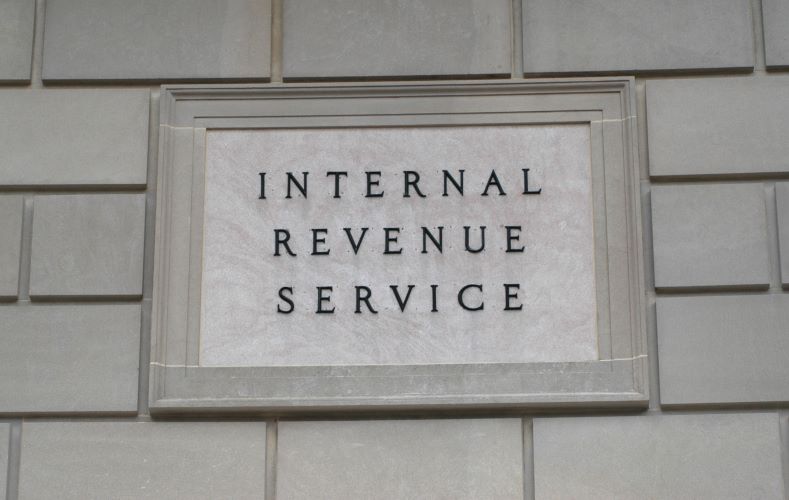Each year there are several tax planning steps and items to review before the year end. With comprehensive tax reform a priority on Capitol Hill, it is now more important than ever to make sure you maximize your tax benefits.
Before the end of each year, it is important to review your activity to make sure you are taking the following necessary steps to minimize your tax liability.
Maximize your 401(k), IRA, HSA Benefits
Although IRA contributions can be made in 2018 for the 2017 tax year, 401(k) contributions need to be contributed in the 2017 calendar year. You should compare the amount contributed this year versus the maximum contribution ($18,000 if under 50 years old and $24,000 if over 50 years old) if you want to contribute more to your 401(k). You have until April 17, 2018, to make IRA contributions for 2017, but the sooner you get your money into the account, the sooner it has potential to start to grow tax-deferred. You can contribute a maximum of $5,500 to an IRA for 2017, plus an extra $1,000 if you are 50 or older. Lastly, the maximum to contribute to a tax deductible health savings account is $3,400 for self-only coverage and $6,750 for family coverage. $1,000 catch up contributions can be made if age 55 or older.
Tax Gain/Loss Harvesting
Take note of your capital gains/losses up to this point in the year as it may be time to sell some of the investments in your portfolio that are not doing well to offset gains that you already have year to date. Vice versa, if you already had some losses this year, or you have some worthless securities, now is the time to sell some of those winners and avoid paying tax on your gains. After selling a stock for a loss, make sure you do not repurchase that stock within 30 days or your loss will not be allowed.
Check IRA Distributions
You must start making regular minimum distributions from your traditional IRA by April 1 following the year in which you reach age 70 ½. After your first distribution, annual withdrawals must be made by December 31 to avoid the 50% excise tax on the amount you should have withdrawn based on your age, your life expectancy, and the amount in the account.
With comprehensive tax reform being negotiated in Congress, additional tax planning is needed to minimize your tax liability. Both the House and the Senate have proposed a $24,000 standard deduction for 2018, meaning many people who normally itemize deductions may no longer do so. The following steps should be considered:
- Pay real estate taxes and mortgage interest before the end of the year: If you have real estate taxes due in the beginning of 2018, consider paying them in 2017 as the deduction for property taxes may be eliminated or reduced in 2018. Also, if you will not have enough deductions in 2018 to itemize deductions, make sure you pay your January 1st mortgage payment before December 31st to get the deduction in 2017.
- Pay state estimated tax payments before the end of the year: Both the House and the Senate have proposed to eliminate the state and local income tax deduction. Therefore, if you owe a fourth quarter estimated tax payment, make the payment in 2017 even though it is not due until January 15, 2018, to take advantage of the 2017 income tax deduction. Or have your employer withhold more state taxes on your paychecks the rest of the year, if you know you will owe state taxes on your 2017 tax return.
- Pay investment expenses, attorney fees, and safe deposit box fees before the end of the year: Congress has proposed eliminating the miscellaneous itemized deductions that are subject to the 2% floor. This means investment expenses and professional fees can no longer be deducted, therefore pay as much as you can before the end of the year to take advantage of the last time that you can deduct them.
- Pay medical expenses now: The House has proposed eliminating the medical expense deduction. If your medical expenses are greater than 10% of your adjusted gross income, pay them before year end to take advantage of the deduction.
Unfortunately, many tax planning moves involve accelerating payments, but the new tax system is trending towards eliminating deductions to lower tax rates, making it is essential to take advantage of these deductions while they are still in place.
Keep in mind that all of the tax changes at this point are still proposed changes to potential tax reform. To see how the proposed changes will affect your future tax liability, contact a tax professional at Selden Fox.




